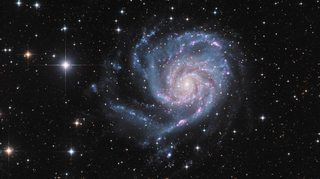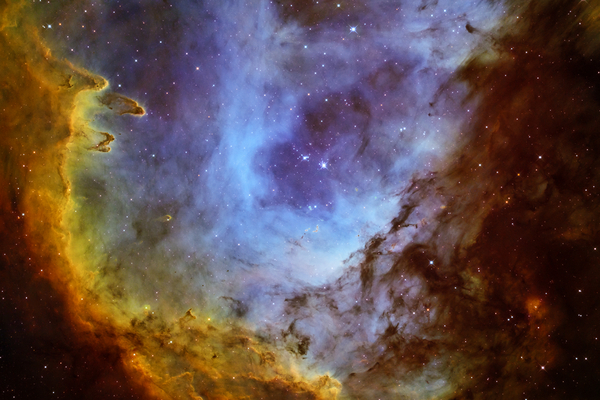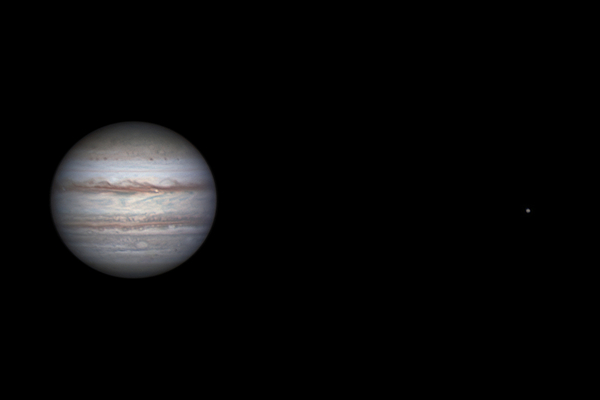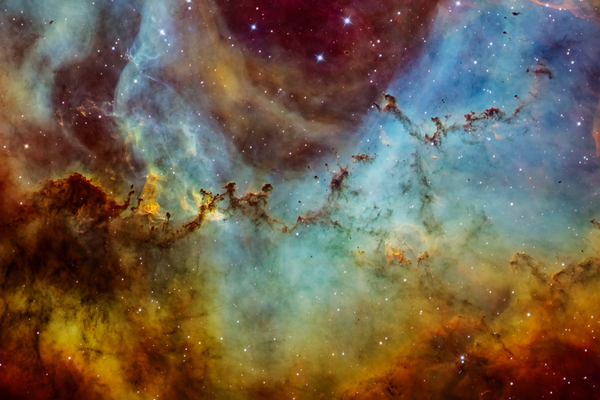Picture of the Month - May 2020 - Messier 101
Péter Feltóti's exceptionally high-resolution capture of the Pinwheel Galaxy
A wonderful and special astrophotography image each month by Hungarian astrophotographers.
The M101 – The Pinwheel galaxy
The nebula, numbered 101 in the Messier catalog was discovered by Pierre Méchain in 1781. M101, also known as NGC5457, or Pinwheel galaxy is a stellar metropolis, one the largest spiral stellar cities in our cosmos.
The enormous spiral galaxy turns towards us, revealing the impressive purity and fine details of its structure, which was observed by the Hubble Space Telescope in order to refine the Hubble constant. The 2006 image is one of the highest resolution images ever to be taken of a spiral galaxy. (Source: www.ptes.hu)
The reason why astrophotographers love capturing it
Capturing the Messier 101 galaxy in the picture has multiple challenges. It is worth hunting for beautiful details, dust bands, star-forming regions in its relatively bright central regions, for which atmospheric calm and clean, transparent air are required. Many of its outer spiral arms are quite faint, requiring tens of hours of exposure segments. It is generally true when photographing galaxies, that by adding the image taken in the H alpha range, the star-forming zones and the red-pink nebulae in the spiral arms can be spectacularly captured. Meaningful and beautiful photos can be taken from all three angles / directions, however, the real challenge is to try realizing them all at once in the one image.
The intricate execution of the know-it-all photograph
This was my goal, too. So the image was taken by a monochrome ASI183 MM Pro camera, specifically aimed for photographing galaxies. I tried to take advantage of the calmest, quietest nights, as many of them as possible, far away from the light pollution of populated areas, taking weather forecasts into account as well. This spring we were particularly lucky – early spring was characterized by rare, long-lasting anticyclones, which ensured the sufficient amount of clear hours in Hungary.
As a result, the author was able to collect roughly 30 hours of material. The fatigue of the set-out was somewhat mitigated by Peter’s ability to take photos, highlighting the star-forming regions, directly from the garden of his house, from an explicitly light-polluted area, close to the capital, with the help of the 6 nanometer H alpha filter.
During the image processing, 5 black and white photos, taken with different filters were eventually combined, to achieve the end-result, shown in the image.
Péter Feltóti





